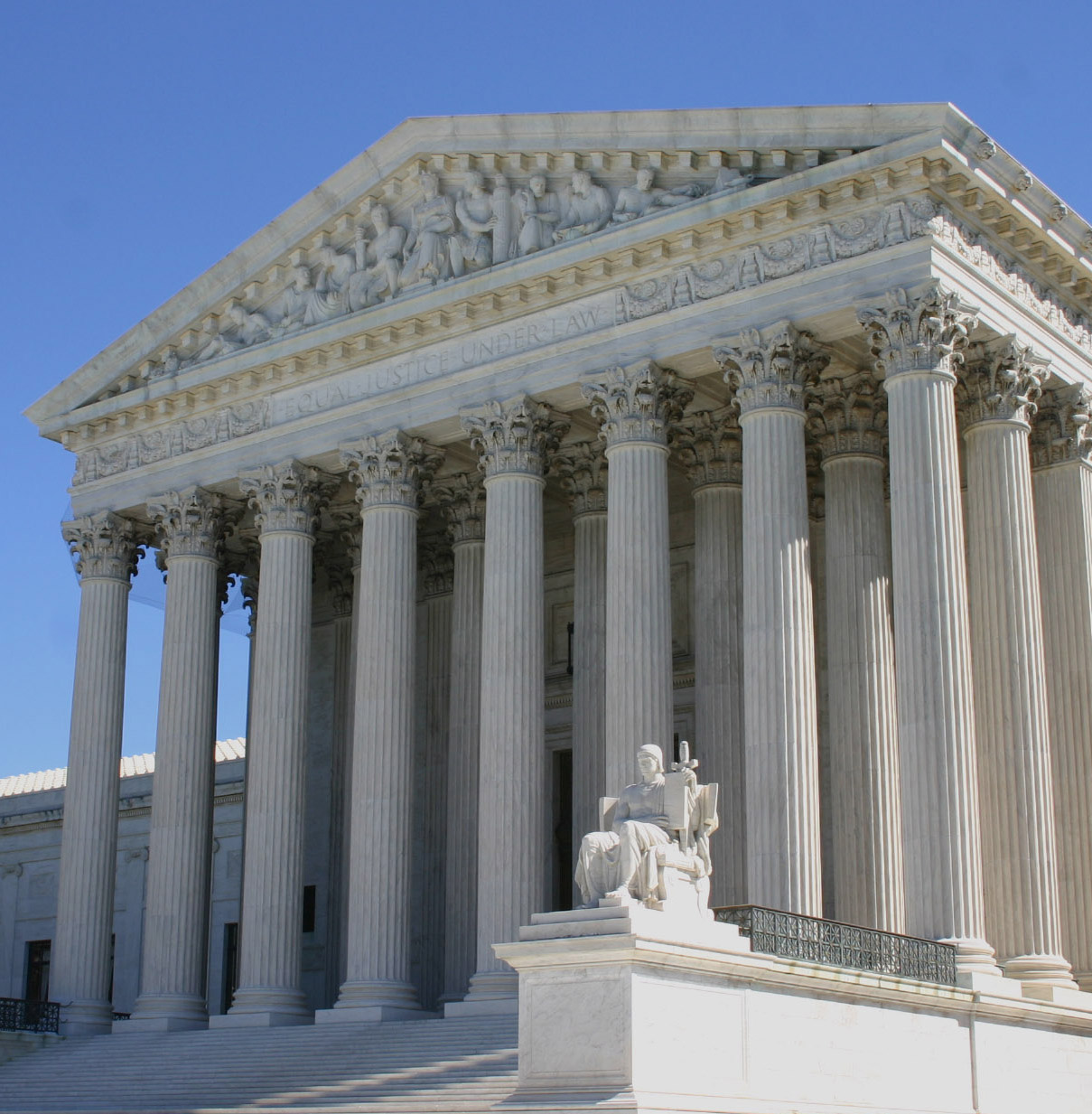“Racial gerrymandering strikes at the heart of our democratic process, undermining the electorate’s confidence in its government as representative of a cohesive body politic in which all citizens are equal before the law.”
Nicely put, Mr. Justice Scalia!
Antonin Scalia is the US Supreme Court’s sharp-tongued scourge of all things perceived to be liberal. In a recent high-stakes redistricting case, he scoffed at gerrymandering complaints brought by Alabama civil rights advocates and Democrats.
Scalia and three conservative colleagues wound up on the short end of a 5-4 decision whose ripples could well be felt in North Carolina. But amid the bluster of his dissent, Scalia showed a perceptive understanding of how the tactics that amount to gerrymandering by race corrode our representative democracy.
It was as if to say, “I may never agree that a state has allowed such a thing to happen. But wouldn’t it be terrible if it did?”
To anyone who’s been tracking the redistricting battles in North Carolina over the years, the issues in Alabama sound familiar.
In both states, lawmakers carried out their responsibility to realign legislative districts following the 2010 national census. The idea is to adjust boundaries so that districts cover more or less the same number of residents. That’s to comply with the standard by which one person’s vote shouldn’t count any more or less than another person’s.
In both states, Republicans in charge of drawing the new maps followed the time-honored, or dishonored, practice of skewing the process to the advantage of whichever party is in power. The courts have ruled that a certain degree of such gamesmanship is acceptable. But it’s not supposed to occur at the expense of African-Americans or other racial minorities, who have been granted special protection under federal law to counter decades of discrimination.
The charge in Alabama, echoed in North Carolina, is that Republicans’ efforts to boost their chances against Democrats have hinged on the manipulation of voting district boundaries in ways that undercut the rights of black citizens.
Some districts – a relatively small number — have been packed with large so-called minority majorities in the name of enhancing black candidates’ chances. But at the same time, surrounding districts have been “bleached” of black voters, giving Republicans in many cases an unbeatable edge because those subtracted voters tend to vote Democratic.
Republicans can argue all they want that it’s Democrats they’re targeting, not African-Americans. But the federal Voting Rights Act of 1965 and many subsequent court decisions make it clear that treating black people as pawns in the struggle for partisan advantage can’t be dismissed as just another aspect of political rough-and-tumble.
Federal lawsuits brought by the Alabama Legislative Black Caucus and the Alabama Democratic Conference were consolidated and heard by a three-judge trial court panel. In a 2-1 ruling, the judges said the state’s redistricting plans didn’t amount to an impermissible use of race as a factor and thus were good to go.
But the Supreme Court on March 25 had a different take. In a 5-4 opinion authored by Justice Stephen Breyer, the court essentially said that Alabama lawmakers had taken a too rigid (and politically self-serving) view of their obligation under the Voting Rights Act to prevent black voting strength from being undermined.
Forced migration
If there was a smoking gun convincing the justices that a racial gerrymander had occurred, it involved the Alabama Senate’s District 26. The district was configured in such a way that it needed an influx of residents to meet the one-person, one-vote standard. Lo and behold, as Breyer wrote: “Of the 15,785 individuals that the new redistricting laws added to the population of District 26, just 36 were white – a remarkable feat given the local demographics.”
Sophisticated mapping software that’s now customarily used in redistricting makes such a feat possible. It also results in crazily convoluted boundaries twisting and slicing through neighborhoods and precincts. It produces “bug-splatters” mocking the principle that districts should be reasonably compact, with residents who share common interests and concerns.
But as a partisan tool, the map-making wizardry is ruthlessly effective. In North Carolina, it has enabled the Republicans who control the legislature to cement their hold on power, using an approach similar to the one in Alabama.
The Alabama scheme rested on an interpretation of the Voting Rights Act requiring minority-majority districts to avoid a drop in their percentage of black voters. For example, that’s how the massive shift of more African-American voters into Senate District 26 was justified. The Supreme Court flatly disagreed:
“Section 5 [of the Voting Rights Act] does not require maintaining the same population percentages in majority-minority districts as in the prior plan,” Breyer declared. “Rather, Section 5 is satisfied if minority voters retain the ability to elect their preferred candidate.” There doesn’t have to be a cut-and-dried numerical formula.
Another way to put it is that the law meant to protect the rights of minority voters shouldn’t be used as an excuse to suppress their overall political influence. That’s exactly what happens when they’re concentrated in a few heavily African-American districts while candidates in surrounding districts don’t even have to give them the time of day.
Black voters’ voices
In North Carolina, Republican chiefs have insisted that they were legally bound to create a set of legislative districts where blacks were in the majority – at least 50 percent plus one.
Has this enhanced black voters’ chances to elect their chosen candidates in those districts? Of course it has. Has it diminished their influence elsewhere? You bet. And for the GOP, it conveniently fixes something that wasn’t broken, since black voters in this state already have enjoyed fair success in electing their preferred candidates – yes, typically Democrats — even in white-majority districts.
When Republican justices on the NC Supreme Court in December turned back challenges to legislative and congressional redistricting plans, they found no fault in the way African-American voters had been shifted around. The Voting Rights Act had to be complied with, they said, and nothing prevented the shift of more Democrats into districts that already had a Democratic tilt.
The Durham-based Southern Coalition for Racial Justice has taken its complaints of racial gerrymandering to the high court in Washington. The court has not announced whether it will accept the case for review, and the redistricting plans’ defenders argue that the appeal shouldn’t be heard. But the Coalition understandably is encouraged by the Alabama outcome.
From the perspective of the Council of Churches, the ongoing dispute reflects yet another chapter in the long struggle to ensure that minority voters can have a fair say at the polls.
Yes, the dispute has a partisan dimension. But it also involves the integrity of our election system and the equitable treatment of residents who long were consigned to the social margins by those in power.
A gerrymandering scheme based on race puts those concerns front and center, and the US Supreme Court could well decide that a racial gerrymander is what the North Carolina legislature has committed. Don’t expect Justice Scalia to agree – but at least, based on his remarks in the Alabama case, he has put his finger on the harm.


